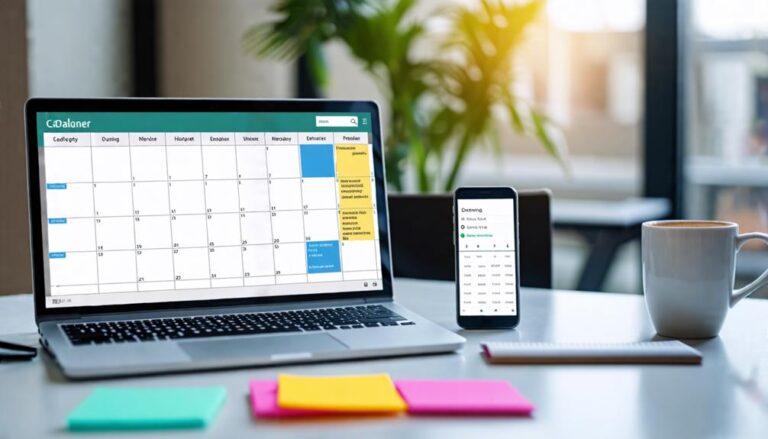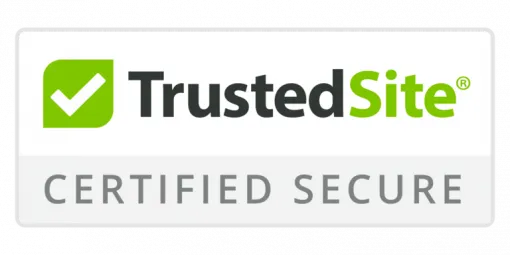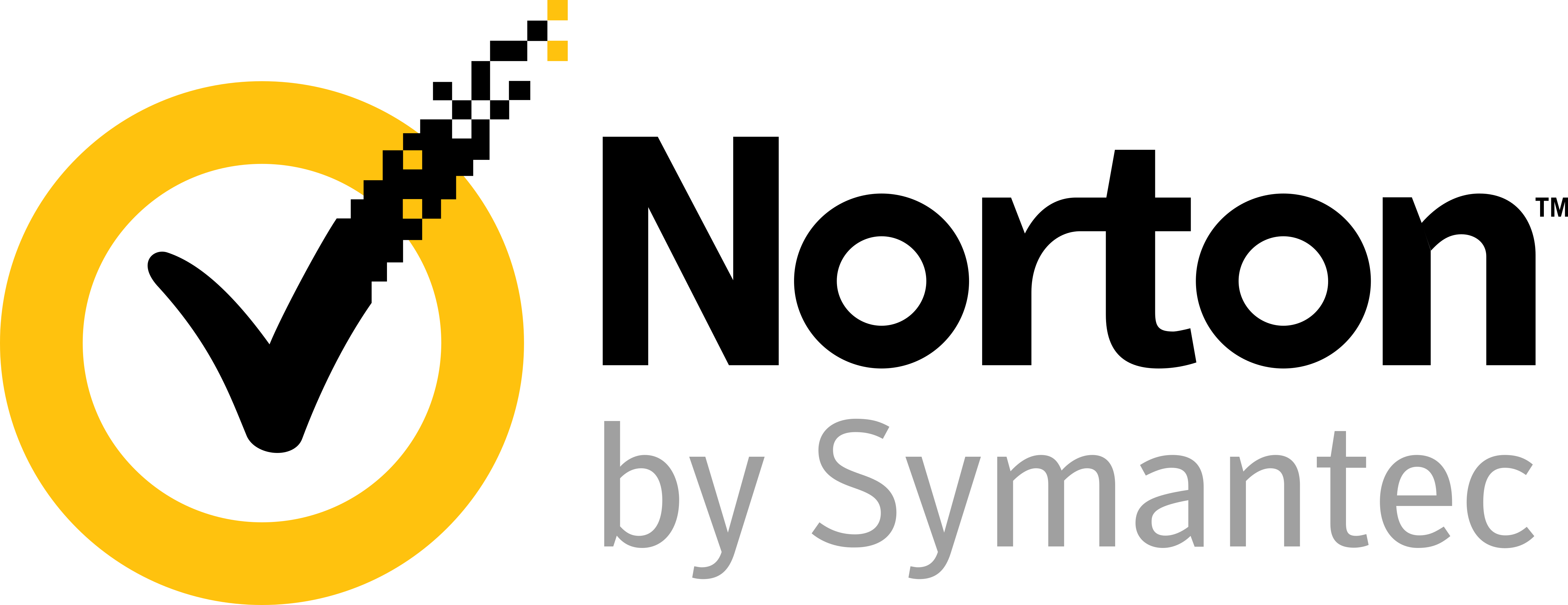You may not realize that nearly 80% of small businesses still rely on manual processes or outdated software, making them ideal candidates for modern software solutions. This provides a significant opportunity for a lucrative side hustle: selling software solutions to small businesses. Here's how you can get started and make it work:
- Understand the Market: Begin by researching the small business landscape. Many small businesses struggle with inefficiencies due to outdated systems. Identifying these gaps will help you understand where your software solution can make the most impact.
- Identify Pain Points: Small business owners face unique challenges that often keep them up at night—whether it's managing finances, customer relationships, or inventory. Take the time to listen to their concerns. This will not only help you understand their specific needs but also enable you to tailor your sales pitch effectively.
- Build Trust and Credibility: Establishing trust is key to selling any product, especially software solutions. Start by demonstrating your knowledge in the field. Share case studies, testimonials, or success stories that highlight how your solutions have helped other businesses. Offering a free trial or a demo can also go a long way in building credibility.
- Tailor Your Approach: One-size-fits-all doesn't work when selling to small businesses. Customize your sales approach based on the feedback and concerns gathered from potential clients. This personalized approach shows that you've taken the time to understand their business, making them more likely to trust your solution.
- Highlight the Value: Clearly articulate the benefits of your software. Show how it can save time, reduce costs, and improve efficiency. Use concrete examples and data to back up your claims. This will help potential customers see the tangible value of investing in your software.
- Provide Ongoing Support: After making a sale, ensure you offer robust customer support. Small businesses may need help transitioning to new software, and providing excellent support can lead to long-term relationships and referrals.
By following these steps, you can effectively sell software solutions to small businesses, turning this into a profitable side hustle.
Understanding Small Business Needs
When selling software solutions to individuals running side hustles, understanding their specific needs is crucial to delivering effective solutions that meet their unique pain points and operational challenges.
You'll want to immerse yourself in their world, gathering intel from various sources to gain a deeper understanding of their requirements. Start by analyzing customer feedback from people with similar side hustles, identifying common themes and areas of concern.
Industry trends can also provide valuable insights into the pain points and challenges faced by those juggling side hustles. By staying on top of the latest research and developments, you'll be able to anticipate their needs and develop targeted solutions.
You'll also want to engage directly with individuals running side hustles, asking probing questions to clarify their needs and expectations. This collaborative approach not only builds trust but also guarantees you're delivering software solutions that address their unique challenges and opportunities.
Identifying Pain Points and Challenges
To effectively sell software solutions to side hustlers, you must pinpoint the specific pain points and challenges that hinder their daily operations and overall success. It's essential you take the time to research and understand the trends impacting the side hustle economy. This won't only allow you to recognize potential issues but also make informed recommendations.
You need to hear directly from them through customer feedback. Give them the opportunity to describe the problems they're trying to solve, and find out what they're spending too much time or resources on. By actively listening, you'll uncover exactly where they're struggling – whether it's inefficient productivity, high operational costs, or manual data entry issues.
Only after you thoroughly understand these pain points will you be able to deliver tailored software solutions that ultimately solve the side hustler's unique set of problems and needs. Your solution simply needs to provide a marked improvement on the status quo, not only making customers more effective and efficient at their day-to-day tasks but offering genuine business-enhancing functionality.
Building Trust With Business Owners
By understanding the specific pain points and challenges of side hustlers, you've laid the groundwork for building trust with these business owners. They're more likely to invest in software solutions from a vendor who intimately understands their unique struggles.
To further establish credibility, focus on building relationships with these side hustlers. Take the time to learn about their business goals, values, and vision. This will help you tailor your approach to their specific needs, demonstrating that you're invested in their success.
As you build these relationships, be transparent about your software solutions and how they can address the side hustler's specific pain points. Provide case studies, testimonials, or demos to showcase the effectiveness of your solutions.
Creating a Compelling Sales Pitch
Creating a sales pitch that resonates with side hustlers requires you to distill your software solutions' value proposition into a clear, concise narrative that speaks directly to their unique pain points and business goals.
Side hustlers often juggle multiple responsibilities, so your pitch needs to emphasize how your solution saves time, increases efficiency, or boosts profitability. Identify what sets your solution apart and communicate that in a way that directly addresses their needs and aspirations.
Effective storytelling is key here – use real-life examples from other side hustlers or relevant analogies to illustrate the benefits of your software, making it relatable to their specific business challenges.
Engaging visuals can also help bring your pitch to life. Use data visualizations, infographics, or even short videos to demonstrate the impact of your software and break up the monotony of a traditional sales pitch.
By weaving a narrative around your solution's value proposition and using visuals to drive home key points, you'll be more likely to capture your prospect's attention and hold it.
Ultimately, a well-crafted pitch will leave a lasting impression and make your prospect more likely to see your software as an indispensable tool for their side hustle.
Demonstrating Software Value
As you present your software solution to individuals running side hustles, it's essential to clearly demonstrate its value by quantifying the personal and financial benefits it can bring.
You'll need to show how your software can help them streamline their processes, increase efficiency, and ultimately generate more income.
Quantifying Business Benefits
Quantifying the benefits of your software solution for side hustles means putting a tangible value on how it will save individuals time, increase their earnings, and enhance their efficiency.
You'll want to use metrics such as boosted productivity, improved customer satisfaction, and cost savings to demonstrate the value of your software.
When presenting your solution, express these metrics in terms that resonate with side hustlers, like hours saved or extra income generated.
Measuring ROI Impact
To further convince side hustlers of the value of your software solution, you'll need to demonstrate a clear return on investment (ROI) by measuring the impact of your software on their earnings. This is where ROI metrics come into play. By establishing clear, quantifiable metrics, you can effectively measure the financial gains of your software and present a compelling case to potential users. For instance, you could track increased revenue from side gigs, cost savings, or productivity gains.
To make this process even more precise, leverage software analytics to collect and analyze data on how your software is being used. This will provide valuable insights into where your software is having the most impact and where there's room for improvement.
Addressing Cost Concerns
Addressing Cost Concerns
Your side hustle customers will likely have cost concerns about implementing a new software solution, so be prepared to provide a clear and concise breakdown of the costs and the long-term return on investment. To alleviate these concerns, you'll need to demonstrate a solid understanding of competitive pricing strategies and provide a cost-benefit analysis. This involves identifying areas where your solution can save the side hustle money or increase revenue, such as reduced labor costs or improved efficiency.
Here are four key points to address when discussing cost concerns with your side hustle customers:
- Total Cost of Ownership: Explain the upfront and ongoing costs of your solution, including any maintenance fees or subscription costs.
- Cost Savings: Highlight areas where your solution can help reduce costs, such as automation or streamlined processes.
- Revenue Growth: Emphasize how your solution can help increase revenue, such as through improved customer engagement or data-driven decision-making.
- Return on Investment: Provide a clear estimate of the projected ROI, based on the cost savings and revenue growth potential of your solution.
Showcasing Case Studies and Success
How can showcasing concrete examples of past successes help alleviate the concerns of your side hustle customers and demonstrate the tangible value of your software solution?
By highlighting case studies and success stories from other side hustlers, you're providing potential customers with a clear understanding of how your software can address their specific pain points and deliver results. This approach helps build trust and credibility, which is essential when selling to individuals looking to grow their side hustles.
You can take it a step further by incorporating testimonials from fellow side hustlers into your sales pitch. Real-life endorsements from satisfied users can be a powerful tool in convincing prospects to take the leap.
Additionally, consider using industry comparisons to demonstrate how your software stacks up against the competition. By showcasing your solution's unique features and benefits, you can differentiate yourself from others in the market and establish a clear value proposition for side hustlers.
Developing a Personalized Sales Approach
Creating a sales strategy that caters specifically to the unique needs and challenges of side hustlers is crucial for converting them into paying customers. To develop a personalized sales approach, you need to gain an in-depth understanding of your target audience. This involves researching their side hustle niche, business model, and specific pain points. Armed with this knowledge, you can craft sales strategies that resonate directly with their needs.
Here are four key elements to evaluate when developing a personalized sales approach for side hustlers:
- Identify key decision-makers: Who are the individuals running the side hustle, and who'll ultimately decide to purchase your software?
- Understand their pain points: What specific challenges do they face in balancing their side hustle with other commitments, and how can your software help alleviate these issues?
- Highlight relevant features: Which features of your software are most beneficial for side hustlers, and how can you effectively showcase these benefits?
- Use niche-specific language: Employ terminology and jargon that's familiar within the side hustle niche to build credibility and trust.
Navigating the Sales Process
Once you've developed a personalized sales approach that resonates with side hustlers, it's time to engage them in a sales process that's uniquely tailored to their needs and buying behaviors.
You need to map out a clear sales strategy, aligning your lead generation efforts with the intricacies of the side hustler's purchasing journey. Your goal is to create a seamless experience that addresses their specific pain points and interests.
To maximize conversions, focus on optimizing your sales funnel. Streamline your sales process, eliminating unnecessary steps and ensuring that each interaction is targeted and relevant.
Provide valuable insights and educational content that speaks directly to the needs of side hustlers, showcasing the real benefits of your software solution.
Providing Ongoing Support and Service
By prioritizing ongoing support and service for your side hustle, you can transform a one-time transaction into a long-term relationship, driving customer loyalty and fueling growth through retention and referrals.
You'll build trust with customers and set your side hustle up for sustained success. Providing excellent support means being proactive, responding promptly to customer queries, and continuously gathering customer feedback to enhance your offerings.
Here are four ways you can deliver outstanding ongoing support and service for your side hustle:
- Offer multiple support channels: Provide your customers with various ways to get in touch, such as phone, email, live chat, or social media.
- Develop a thorough knowledge base: Create a resource library with tutorials, FAQs, and guides to help customers troubleshoot issues and get the most out of your products or services.
- Provide ongoing training and education: Regularly schedule webinars, workshops, or online training sessions to help customers stay up-to-date with new features and best practices related to your side hustle.
- Foster a community around your side hustle: Create online forums or social media groups where customers can connect, share ideas, and learn from one another.
Conclusion
As you finalize the sale, remember that building a long-term relationship with small business owners through your side hustle is like nurturing a garden – it requires ongoing attention and care to yield lasting results.
By understanding their unique needs, identifying pain points, and providing personalized solutions, you've sown the seeds of trust.
Now, continue to nurture that relationship with exceptional support and service, and you'll reap the rewards of repeat business, referrals, and a loyal customer base, all while successfully growing your side hustle.
















































0
View comments